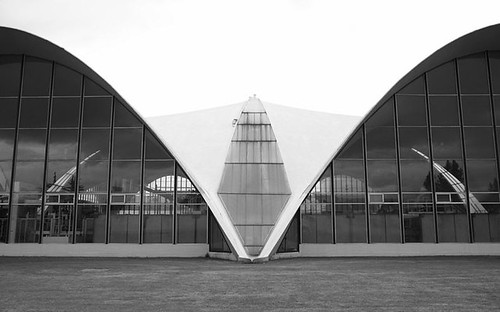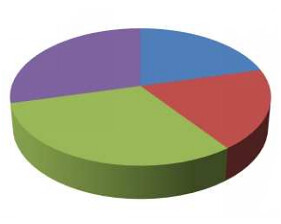The Thermal Bridging Working Group is actively trying to spread
awareness of thermal bridging, and how structural engineers can address it, to
help make more efficient building envelopes and reduce unnecessary energy
losses. This has been aided with their recent publication in AISC’s ModernSteel Construction. Learn more about this free resource on our previous post or download the file electronically from MSC.
Detailing to prevent or reduce thermal bridging is much more mainstream outside
of the United States, so the group is working to bring local consultants up to
speed, and make all designers aware of the issues and impacts associated with
envelope details. A recent article in Building Science emphasizes the
importance of proper detailing to prevent thermal bridges, and points out some
common details. This article by Joseph Lstiburek can be found here.
In the meantime, the group is working on their next publication,
which is a larger guide to thermal bridging. This new guide will focus on all
material types including wood, masonry, and concrete. They are also hoping to
arrange some presentations throughout the country over the next year. Stay
posted for more information regarding upcoming speaking dates.
Article
by Thermal Bridging Working Group web liaison Raquel Ranieri, P.E., LEED AP BD+C, senior associate with Walter P Moore in Los Angeles, CA. For more
information about the Thermal Bridging Working Group please refer to our website.
















